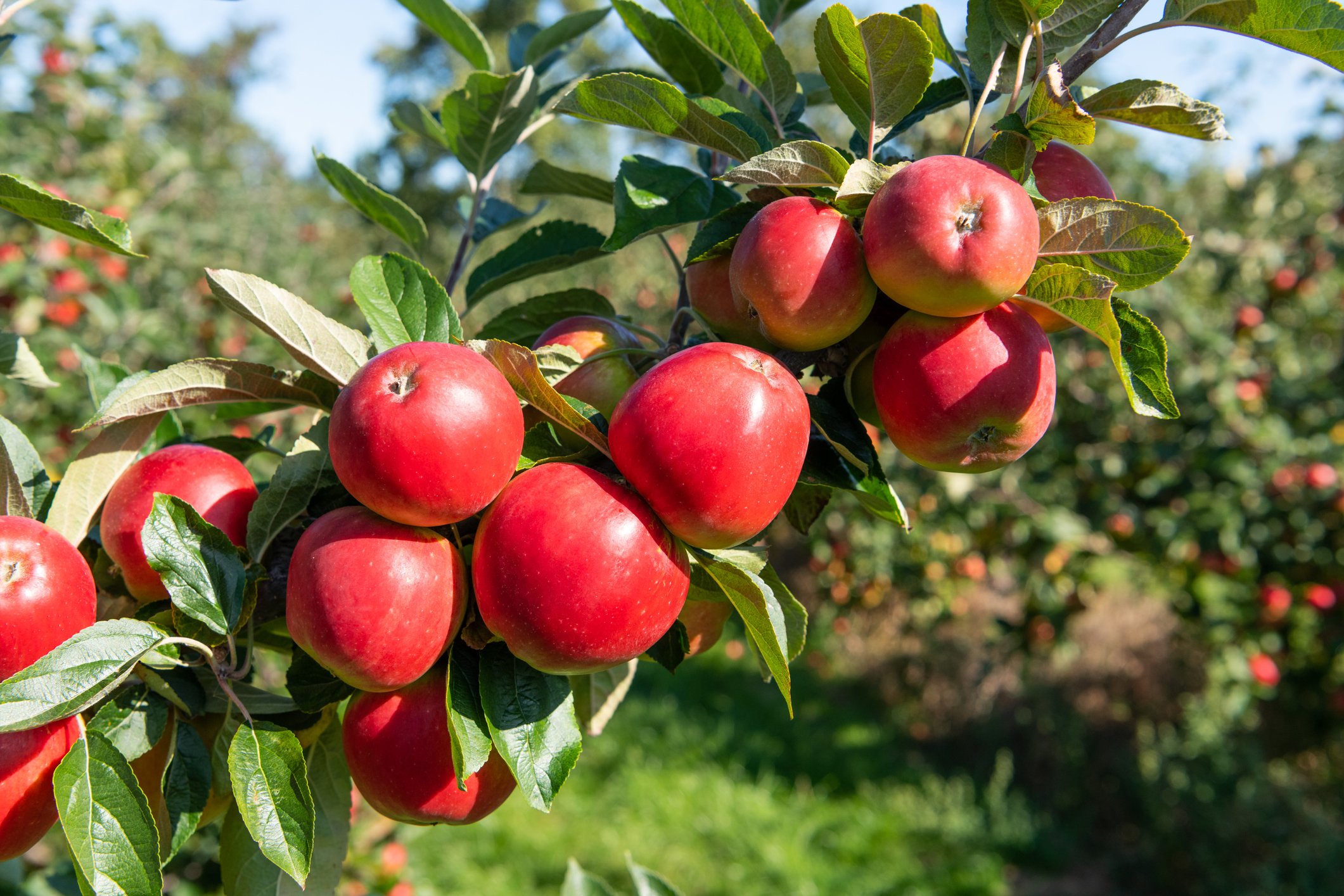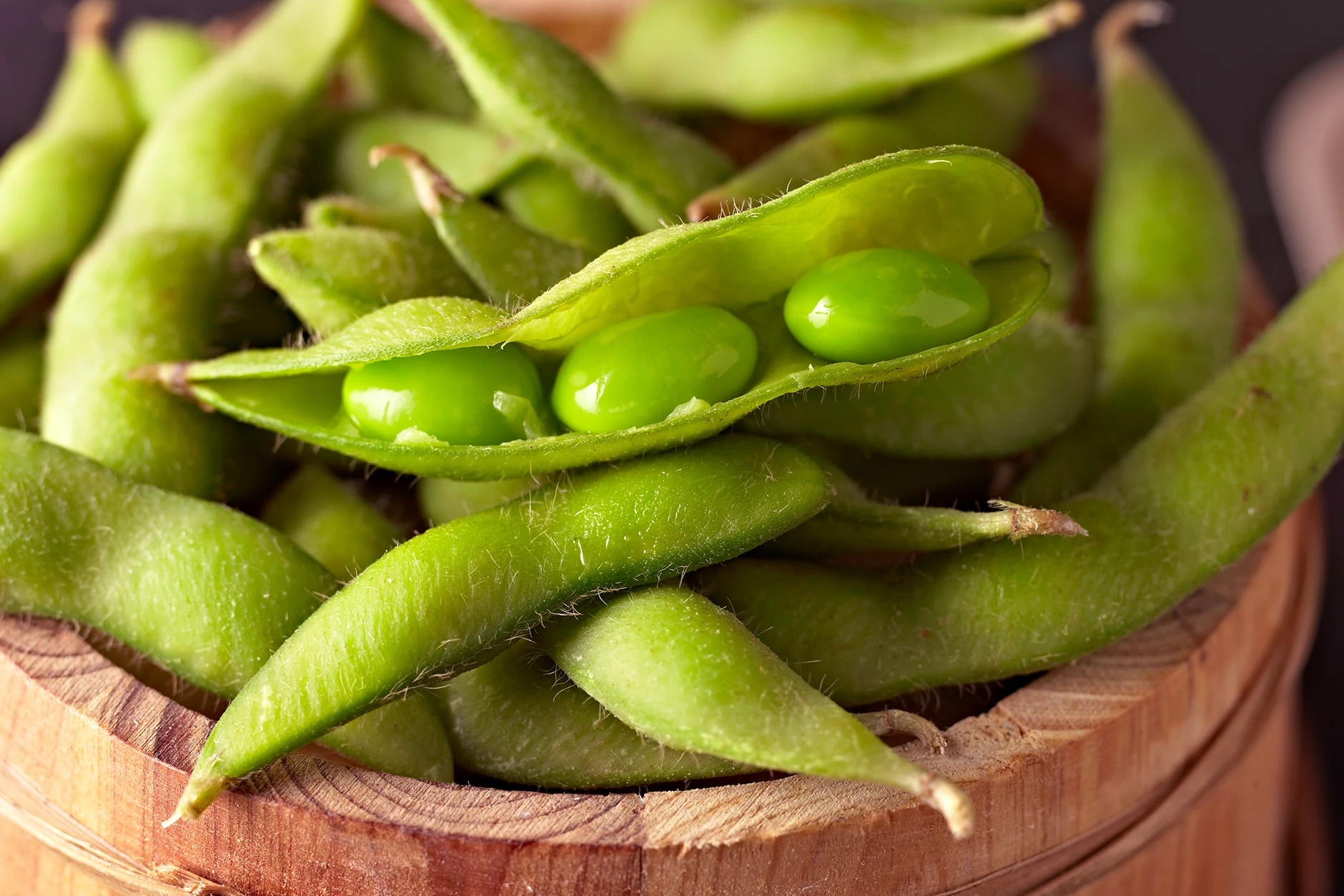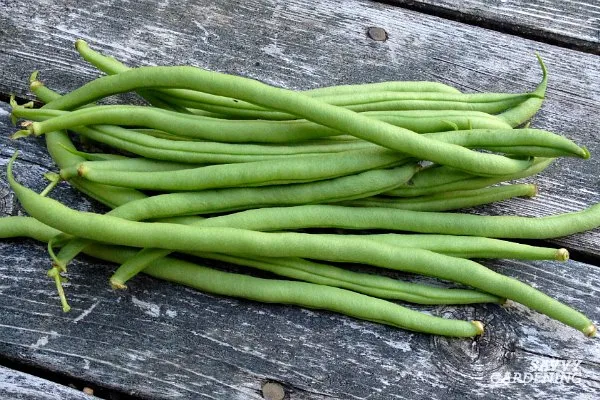Maize vs Corn: What Sets Them Apart?
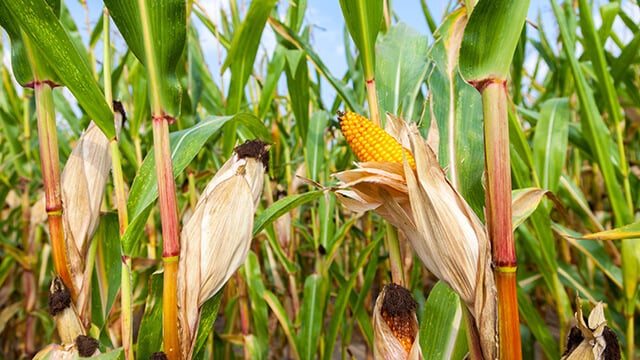
Table of Contents
Plants grown for human consumption are called cereal crops and are sometimes also referred to as grains. They are cultivated for the seed, making them fit for human consumption. The cereals belonging to the grass family are cultivated for the edible starch content of their grain. Livestock feed, industrial starch, and biofuel are some of the other sectors which depend on cereal farming for their raw material.
Maize is one such cereal grain that was domesticated in Mesoamerica. The United States is the largest producer of maize in the world and the largest consumer as well. However, the debate of maize vs. corn has a long history. Are they unique? If yes, then how? If not, then why use two separate names to refer to the same thing? If at all, how do they differ from one another?
If you wish to get such questions answered and wish to learn more, read on.
What is Maize?
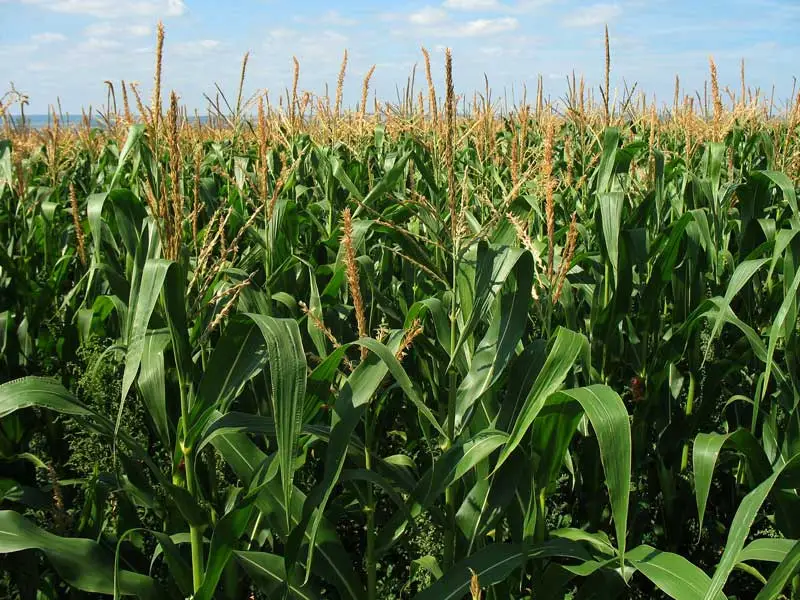
Maize is a popular cereal crop consumed by many people across the world. The word ‘maize’ is an evolved version of the word ‘mahiz’, which means ‘source of life.’ It is considered to be the Queen of Cereals as it has the maximum genetic yield potential among all cereals. For a better yield, growing winter wheat once every four years with maize and soybean is a good idea. For a larger financial return, farmers typically produce winter wheat in rotation with long-term crops like soybean and corn. In America, maize is a plant with big grains set on a cob.
Being a hot-season crop, maize needs access to moist soil from the first day of sowing. For proper deposition, the temperature should range between 18 and 23 degrees Celsius, and for proper growth, the temperature should touch 28 degrees Celsius. A heavy soil like loam is best for the roots if mixed with appropriate amounts of bacteria.
Maize is a rich source of minerals like magnesium, zinc, and phosphorus; it is packed with macronutrients such as starch, fibre, protein, and fat, as well as micronutrients like Vitamin A, C, and B complex.
What is Corn?
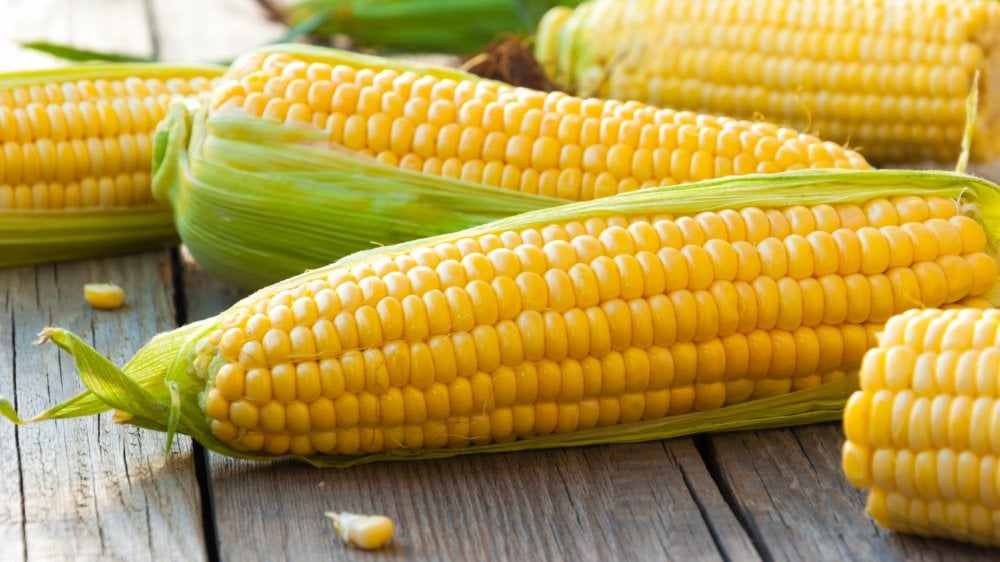
- The word ‘corn’ has various meanings, depending on the country in which you are residing. The Americans, Canadians, Kiwis, and Australians refer to maize as corn. When it comes to Great Britain, the British use the term to refer to any staple crop as corn. The word literally means ‘a small nugget’. Therefore, the Britans will refer to wheat as corn as wheat is their staple crop, and Scots grow oats as a staple crop, so they will refer to oats as corn.
- Colloquially, people generally consider corn to the cob and maize to be the collective crop of corn grown. Corn substitutes maize once the plant reaches a particular stage of maturity. Therefore, harvested maize that is available in the market is called corn. However, scientifically, this is not the case.
- Commercially, maize is referred to as corn because it is processed into many types of food and industrial products like starch, sweeteners, corn oil, and beverages, as well as industrial alcohol.
- There are six major varieties of corn, namely, dent, flint, flour, pod, sweet, and popcorn. All these varieties have 8-20 rows of kernels, but the most interesting part is that the number of rows will always be even. The plant tastes different at every stage of growth. For instance, if harvested at an early stage, you get sweet corn which has the highest sugar content for human consumption and is consumed as kernels. Flint corn is another colourful variety of corn that is most commonly used as a garnish.
Corn vs. Maize: What Makes Them Different?
1. Culinary Context
In the culinary context, corn is referred to as the harvested fruit in culinary applications, whereas maize refers to the crop in the field before harvesting. Corn is a food item that is prepared using maize. For instance, corn flour, corn meal, cornstarch, and many more are products made using maize, but the word corn is preferred over maize. The term corn is used to refer to the food present at the market or on your dinner plate. However, maize refers to the product grown in the fields prior to harvesting.
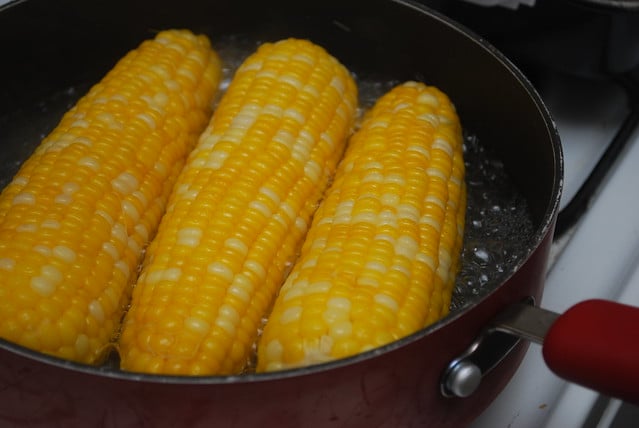
2. Regional Context
In the study of genetics, corn is always referred to as maize. Corn is corn, both on the cob and off. In New Zealand, America, and Australia, corn grows on cobs; it refers to the individual kernel that grows on the cob and the cob itself. Here, language plays a major role. In England, corn is used to refer to the chief cereal crop, which is wheat, and in Scotland, people use the word ‘corn’ for oats. However, the same is not true for maize. Maize is a generic term and less precise than corn as in Central America, maize refers to the cereal plant that yields large grains set in rows on a cob.

3. Scientific Context
Maize is a formal scientific word. The binomial name of the plant is Zea Mays. Corn, on the other hand, is not used in a formal context and does not have any scientific meaning as such. As mentioned above, corn in Britain refers to any staple crop like wheat. The leaves have a sword shape and are large in size, i.e., 2 feet long and 4 inches wide. The Maize plant, on the other hand, has a simple stem with nodes and internodes that can grow extensively.
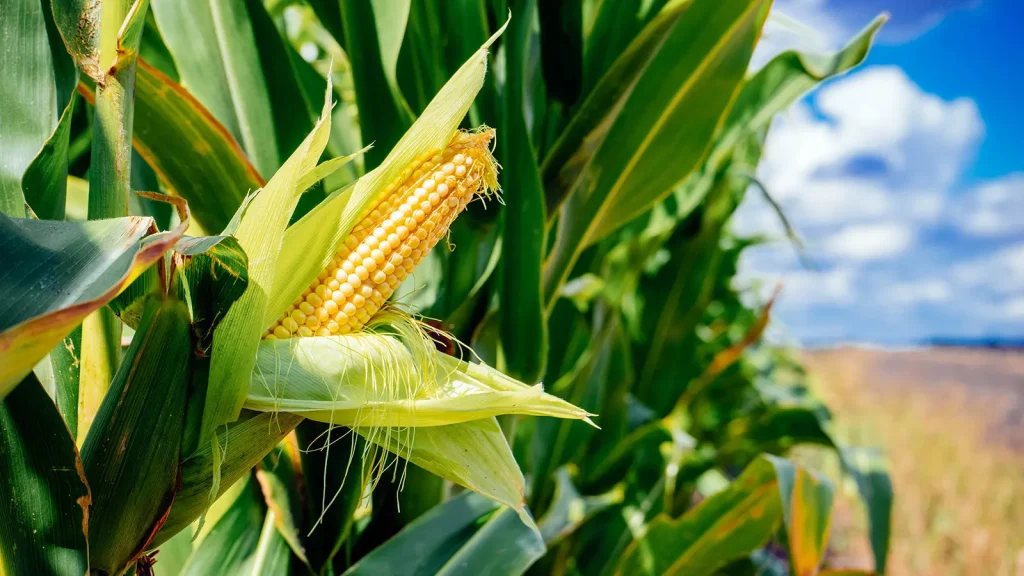
Uses of Corn
- Corn is a highly versatile ingredient as it can be converted into syrups, flour, and feed for livestock. Corn contains natural carbohydrates that break down into simple sugars during digestion. Once the corn starch is broken down into individual glucose molecules, you get corn syrup which is 100% glucose.
- Corn plays a very important role in pharmaceutical companies. Corn is used as a disintegrant and as a binder in pills. Tablets and capsules have to break down into smaller fragments so that the drug for absorbed into the body. Since corn starch has been approved by FDA as a food fit and safe for human consumption, it is being used extensively in manufacturing medicines.
- Corn is used to create explosives, paints, dyes, and solvents. Corn plays a vital role in manufacturing ethanol, which is often used as a fuel in the automobile industry.
- Good for health as high antioxidant content can improve eye health. The macular region of the eye has a high density of lutein and zeaxanthin which play a major role in keeping our eyes healthy. Sweetcorn is loaded with these substances, and the consumption of corn can be extremely helpful in maintaining your eyesight.
Uses of Maize
- The maize plant is the main subject material for the study of genetics and biochemistry. Each kernel on the cob of corn is an embryo that is produced for independent fertilisation; thousands of offspring can be scored in one year. This quality makes maize an ideal organism for genetic analysis.
- For those who are gluten intolerant, having maize flour is a great alternative, as maize flour is rich in phosphorus, iron, and zinc, along with many other vitamins. It is also recommended for those who want to lose weight and are struggling with low haemoglobin.
- Since maize has a very brief growing period, it can improve the health of the soil and even its water retention capabilities. Corn fields can be entertaining as farmers make corn mazes in the field to attract customers. They are called Maize Mazes.
Similarities Between Maize and Corn
- Corn is used in American English, while maize is used in British English. Both terms refer to the same cereal grain. However, the two words could have different scientific applications.
- Corn and maize have high carbohydrate content, fats, protein, and phytochemicals. They belong to the same kingdom, i.e., Plantae. While maize refers to the crop in the field, corn, on the other hand, refers to the food on your plate. Maize and corn are consumed widely all over the world as maize flour, or corn flour, is a great option for those who are gluten intolerant.
Conclusion
Therefore, the maize vs. corn debate can be settled by saying that all corn is maize, but not all maize is corn. The usage of the term “corn” and “maize” differs according to your geographical location as well as your culture, as maize is referred to as corn in different parts of the world, but both terms are used interchangeably in the social context.
Maize is considered to be a superfood because it is rich in nutrients and phytochemicals and is extremely beneficial for the health of humans as well as animals. Even the corn silk that grows underneath the husk of the plant can be used to make a nutritious tea that has high potassium content and anti-inflammatory properties.
If you have started including maize flour in your diet and have been able to notice any healthy changes, make sure that you share your experience with us in the comment section.
Frequently Asked Questions
Which Country is the Highest Producer of Maize?
The United States of America is the largest producer, exporter as well as consumer of maize. America produced 354.19 million tonnes of maize and plans to export 57.79 million tonnes to overseas markets. China and Brazil are the second-highest producers of maize.
Are Corn Flour and Maize Flour the Same Thing?
Yes. Corn flour or maize flour is made by grinding the dried corn kernel. The texture of the corn flour is very fine; however, if you let the consistency be coarser, it is called corn meal.
What Are the Disadvantages of Cultivating Maize?
Maize has a very short growing period which forces the farmers to keep the land fallow for a long period. This can increase the chances of soil erosion and degradation. Since maize is planted in rows which leaves a lot of bare ground between two rows increases the risk of runoff and soil erosion as there is nothing to hold the sand in place.
Is Corn a Bisexual Plant?
Yes. Corn is a unique plant as it has male flowers and female flowers. The male flowers are located in the tassel, and the female flowers can be found in the ear. The grass has separate male and female flowers. Unlike other grasses, it produces seeds that do not fall off the plant.
Which Variety of Corn is Considered to Be the Best?
Dent corn is considered to be the best variety of corn. Also called field corn is widely used by farmers for animal feed and food manufacturing. The starch content in this corn is very high as compared to other varieties of corn and also has a very less sugar content than sweet corn.
To Which Disease is the Maize Crop Susceptible?
Blight and stalk rots are the most common and severe diseases of a maize crop. However, the maize crop is susceptible to the three leaf rusts, i.e., common rust, polysora rust, and tropical rust. Maize can also be attacked by the moth group, which includes earworms, grain moths, borers, cutworms, and armyworms.

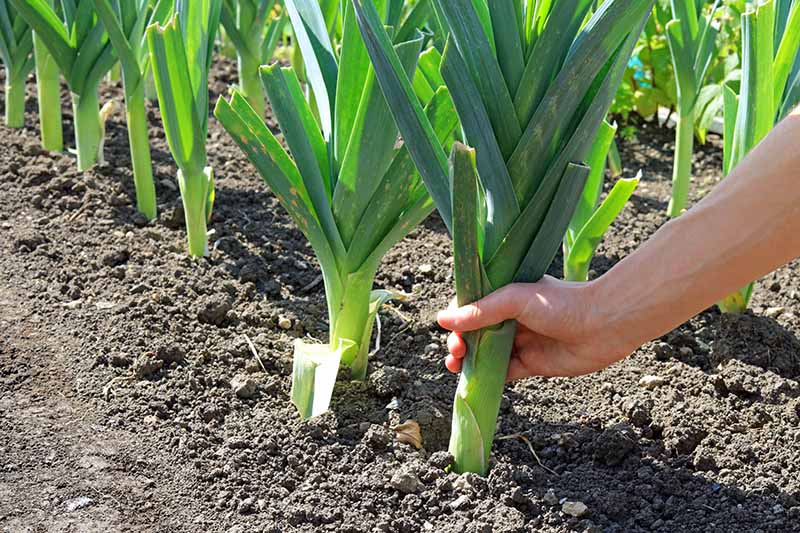
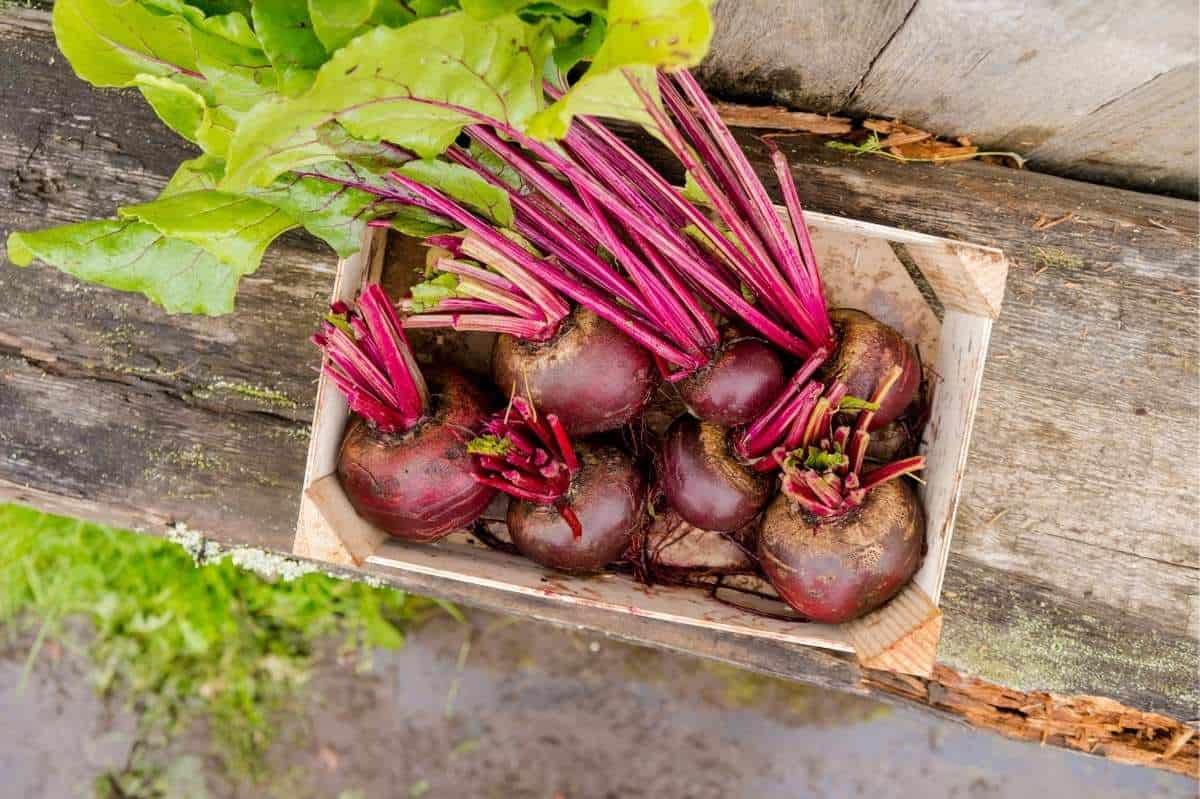
![When and How to Grow Broad Beans [UK]](https://staging.thearches.co.uk/wp-content/uploads/How-To-Grow-Broad-Beans-scaled.jpg)
